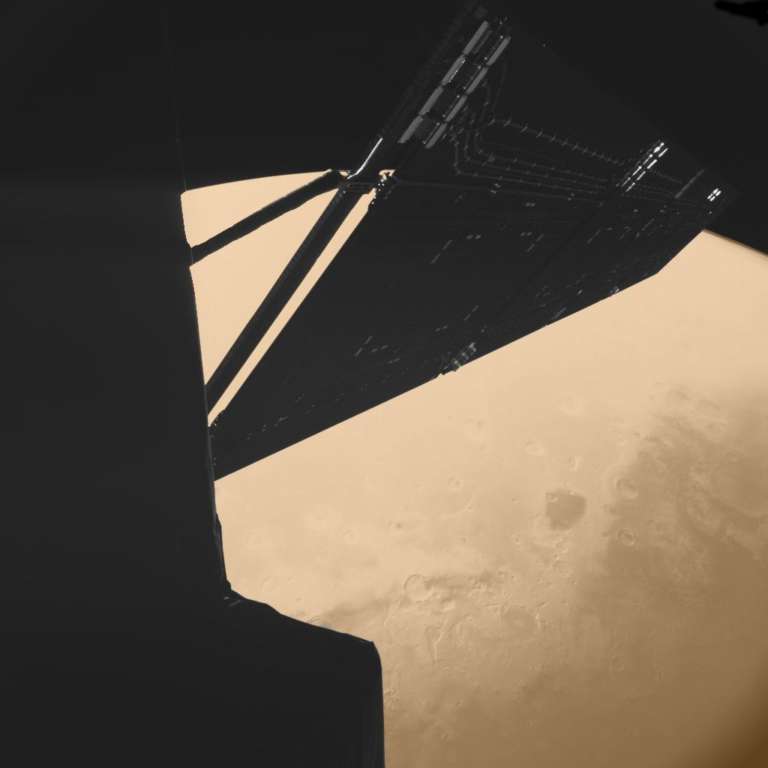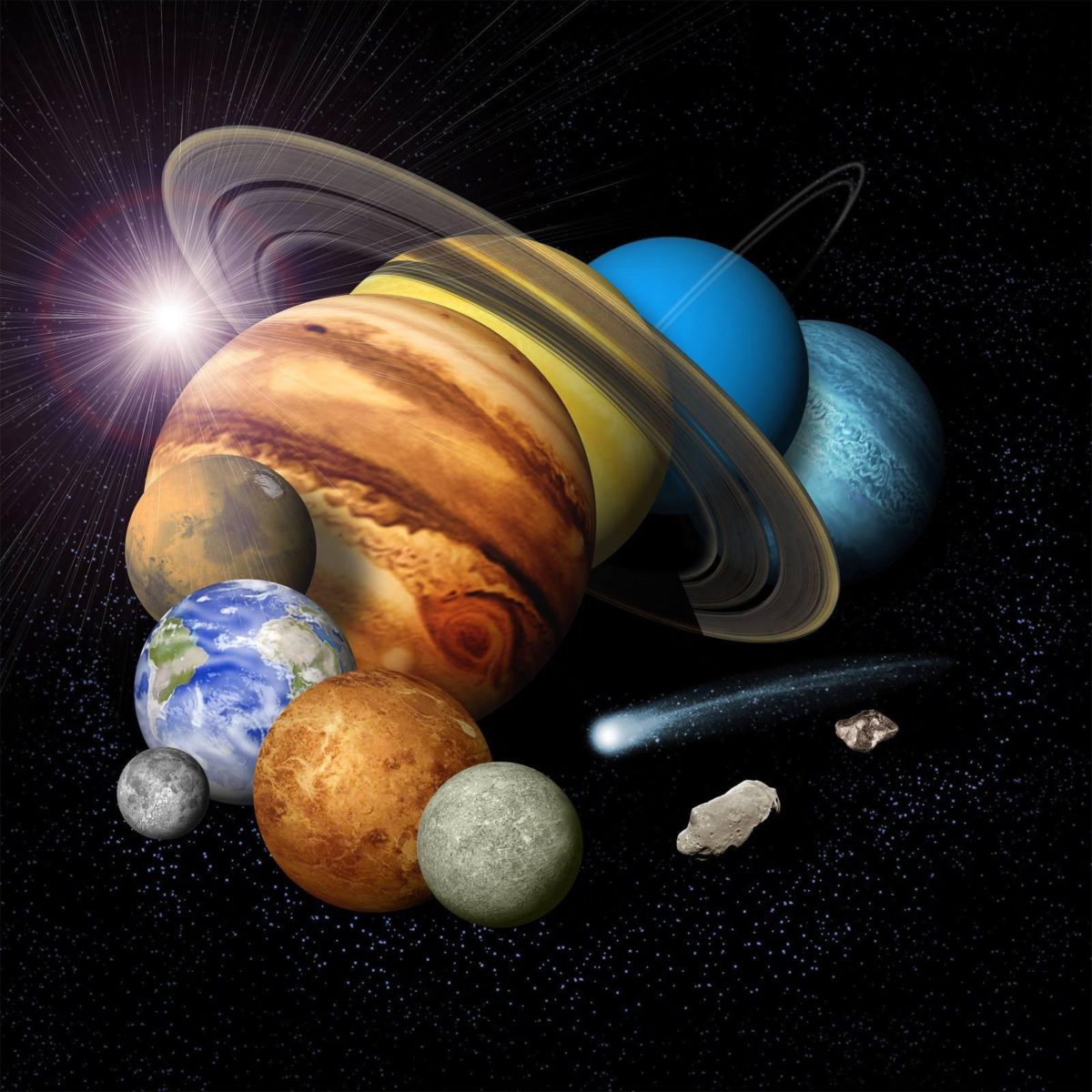All
All
Stories, updates, insights, and original analysis from The Planetary Society.
Keeping an Ear to the Center of the Galaxy, Southern SETI Prepares for Great Leap Forward
Located in the southern part of the continent of South America, Southern SETI has a continuous view of densest star-fields in our galaxy. And, since 1990, it has been sponsored and supported by The Planetary Society.
With Observations in Full Swing, Team Prepares to Remove "Sunglasses" from Telescope
Winter time is observing time at the Oak Ridge Observatory in Massachusetts, when humidity is low and the sky is often clear. And so it has been for the Optical SETI telescope, which opened its doors in April 2006.
Rosetta Was Here
This amazing view was captured by the CIVA camera on Rosetta's Philae lander just four minutes before its closest approach to Mars on February 25, 2007. The spacecraft was only 1,000 kilometers above the planet.
A new way to darken Iapetus
Iapetus is one of the many fascinating bodies in the Saturn system.
Autumn comes to Mars' north pole
It's easy to forget that Mars is another such world with cloudy weather and seasonally varying climate. This lovely image release from the CRISM instrument on Mars Reconnaissance Orbiter brings that point home.
New Horizons update and a website roundup
I've just posted a very detailed timeline of New Horizons' encounter with Jupiter -- take a look!
Mars Exploration Rovers Update: Spirit Survives Dust Storm and Studies Troll, Opportunity "Sails" from Bay of Toil to Cape Desire
The Mars Exploration Rovers (MERs) celebrated their 3rd anniversary this month and are now roving into their fourth year of exploration on the Red Planet.
New Horizons Jupiter Encounter Timeline
A year after its launch on January 19, 2006, New Horizons is fast closing in on Jupiter, the first target on its near decade-long journey. On February 28 the spacecraft will approach to within 2.3 million kilometers (1.4 million miles) of Jupiter before speeding along on to its way to the edge of the solar system.
Saturn from above, in color
I wrote recently about a set of images of Saturn acquired by Cassini from a unique vantage point, well above the planet, looking down on the rings. Someone has taken up the challenge of assembling the 36 different images into a single mosaic, in color, and it is as lovely as I'd hoped.
A cool Cassini ring plane crossing animation
Another recent, cool set of images that came down from Cassini was a series taken last week as the spacecraft crossed the ring plane.
New Horizons' raw images are now online
I got an email from John Spencer this morning telling me that the mission had posted all of New Horizons' most recently acquired images on the mission website.
The Saturn view I've been waiting for
Over the weekend, Cassini acquired a set of images that will (I am assuming) eventually be used to produce a glorious portrait of the ringed planet from a point of view that's never been seen before.
More Cassini RADAR images
Cassini just flew by Titan again on Saturday, and should have acquired a new swath of RADAR data.
New Horizons is targeting Jupiter!
New Horizons' Jupiter encounter is officially underway!
Titan's Lakes
The first peer-reviewed article on Titan's lakes comes out in tomorrow's issue of the journal Nature.
Mars Exploration Rovers Update: Spirit and Opportunity Smarten Up for Year 4 on Mars
Defying all the odds, the Mars Exploration Rovers (MERs) are wrapping up 2006 in new locations and roving into their fourth Earth year of exploring the Red Planet. Spirit is slated to celebrate the milestone on January 3, 2007 Pacific Daylight Time (PDT), with Opportunity marking the milestone just 3 weeks later, on January 24, 2007.
Mountain range on Titan
A couple of weeks ago there were press releases coming out of the American Geophysical Union meeting about the discovery of a
CIRS gets another view of Enceladus' south polar hot spot
There's a new image product released from the Composite Infrared Spectrometer (CIRS) on Cassini, an instrument that is capable of measuring the temperatures on the extremely cold surfaces of Saturn's moons and rings.


 Explore Worlds
Explore Worlds Find Life
Find Life Defend Earth
Defend Earth


 Sun
Sun Mercury
Mercury Venus
Venus Earth
Earth Mars
Mars Jupiter
Jupiter Saturn
Saturn Uranus
Uranus Neptune
Neptune Small Bodies
Small Bodies














